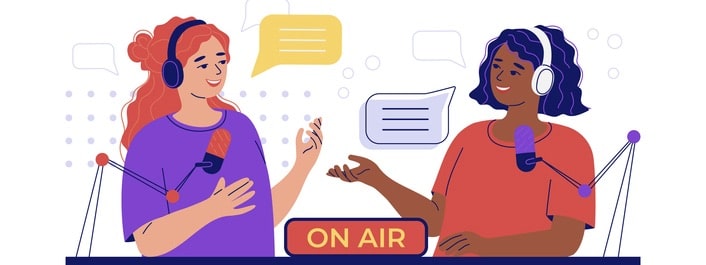Interviews are a foundational part of the journalist’s trade, providing an invaluable opportunity to get to the truth of an issue.
They are one of the best ways to gain insights from an expert or a first-hand perspective on a story. That is true, whatever beat you cover or medium you work in, from politics to poultry farming, from broadcasting to blogging. Behind so many news reports, subject profiles, and blogs, an interview will often be playing a pivotal (even if hidden) role.

And, of course, it’s not just journalists who can benefit from honing their interviewing techniques. Many jobs and careers can fruitfully employ them—from customer research (to dig deeper into a customer satisfaction score) to healthcare, for example. These are versatile skills for your professional toolkit.
Interviewing is a craft—and not an easy one. Mastering it, for most, requires years of experience and reflection. But some general principles will help you as you get started on that journey. This article will guide you through seven of these interview techniques for journalists.
#1 Research the topic and subject
Gather enough knowledge of both the topic (the story you are investigating) and the subject (the person you are interviewing) to facilitate meaningful dialogue.
- Ensure you are interviewing the right person. Does their experience or expertise give a valuable perspective on the issue?
- Conduct background research on the subject—including their online presence. Have they received other media coverage? What does that suggest they’ll be like to interview?
- Demonstrating you have explored the subject’s previous work can help build rapport and respect.
- Research the topic itself to familiarize yourself with the context. What issues and controversies are involved? How does the subject fit into the spectrum of perspectives? Be aware of potential bias.
- You needn’t become an expert yourself. But with contextual understanding, you will be better placed to ask insightful questions and engage with the subject’s responses.
- Such research will enable you to be more direct and focused in the interview. For example, the subject is less likely to fob you off with weak answers.
That research does take time. But it is usually essential if you are to get the best outcomes.
Of course, this is much easier if you are able to specialize in a particular field. For example, if you are a corporate journalist, you are able to build expertise on everything from employment law to operational risk management process on a longer-term basis.
#2 Carefully consider the logistics
The logistical details can play a huge role in determining the success or otherwise of an interview.
- What format will the interview be in? For example, face-to-face, video, or telephone? Try to involve the subject in this. Make a suggestion but offer a degree of flexibility.
- Each format offers different degrees of intimacy, visibility, and convenience. For example, online video calls have become a perfectly standard medium—-and much more convenient for both parties.
- That said, face-to-face, in-person interviews have many benefits. They allow for a richer, more authentic dialogue. It’s easier to get a sense of the subject—through their physical presence and body language.
- If face-to-face (or even video-based) consider the location. Perhaps a neutral site like a cafe or park, or on the subject’s home turf? There’s no single best option—you’ll find your preference.
- If you’re providing the venue, make sure water, coffee, and toilets are available.
- It’s a good idea to record your interviews so you can concentrate on listening and participating – not scribbling notes down. Ensure you have the right technology ready (an app, VoIp call service, or portable recorder). And make sure the subject doesn’t mind.
Ensure that you and the subject have space, quiet, and privacy for a meaningful, distraction-free conversation. Getting these logistics right helps to make the subject feel relaxed and ready to talk, and you ready to listen and engage.
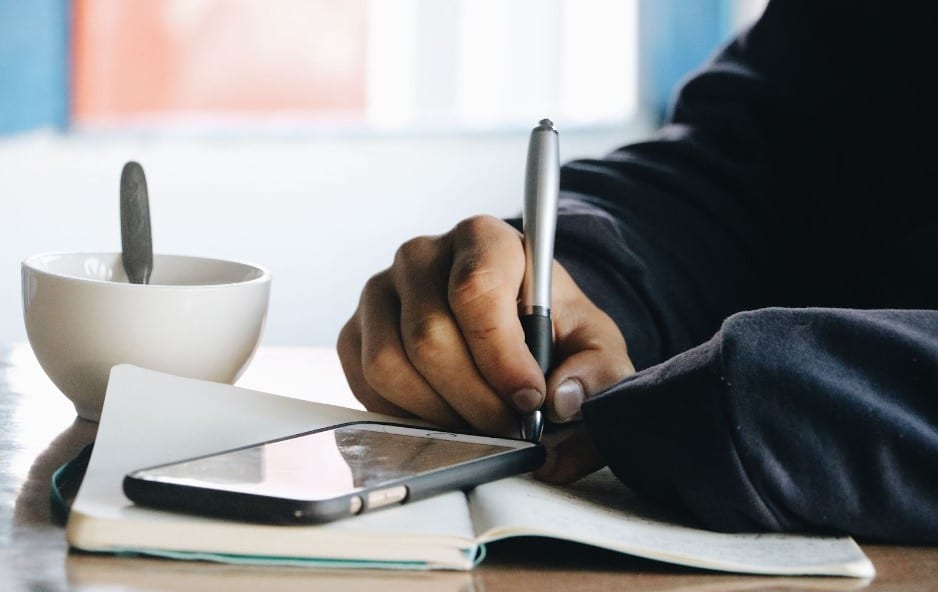
#3 Develop a game plan
You need to plan how you’re going to get the best from the interview.
- You may have a fair idea beforehand of how you expect the interview to go (and what shape your reporting might take). That’s fine. What questions will best explore that?
- What mood do you expect the interview to take? Serious? Emotional? Light-hearted? Angry? Formal? Consider what tone you will convey—but be prepared to modulate this.
- Plan your questions. Questioning is, of course, a pivotal aspect—more on that below!
- Plot a likely path through the interview. But also imagine alternative routes the conversation might take. How might the subject surprise you in their responses to your questions?
- Might the subject have an agenda? How will you manage this and pull things back on track?
- Imagine how you might manage alternative scenarios. How would you adjust your questioning and tone?
- If publishing in other territories, keep different cultural requirements in mind – for example, a purely local piece may feel different to one destined for Saudi domains.
You are not attempting to pin down a linear script for the interview. But an overall game plan will give focus to your interview. And to help you feel more fleet of foot if things take an unexpected turn.
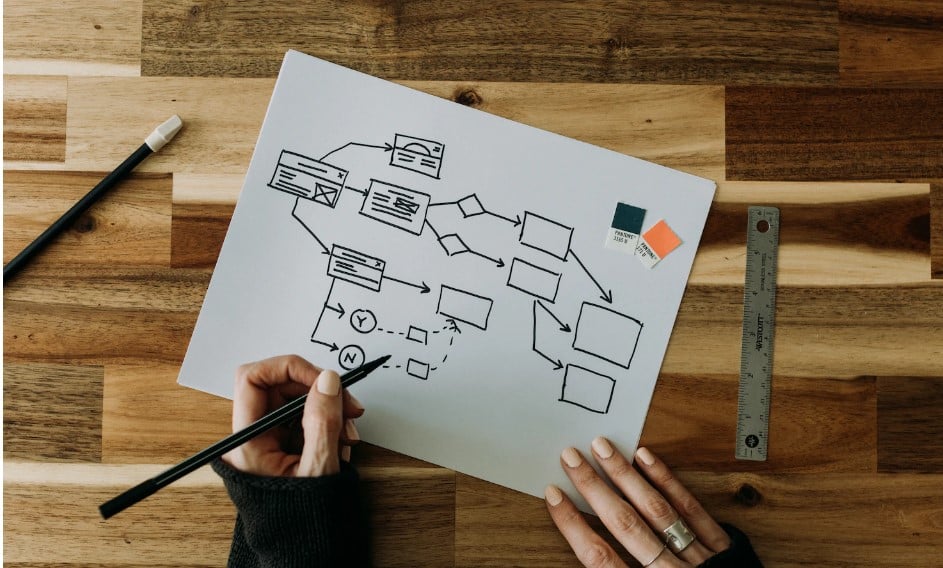
#4 Make the start of the interview count
When you first get together for the interview, make the introductory phase count. Strike a professional but friendly and transparent stance immediately, while explaining a few ground rules and principles.
- Explain the purpose and focus of the interview. What are you hoping to get from it? Is the subject happy with that?
- Indicate the duration of the interview (hopefully already agreed upon). It can be useful to establish at the start whether things could run a little longer if necessary.
- Be up-front if you are recording the interview—and check that the subject is OK with that. Explain that doing so allows you to concentrate more easily on the conversation.
- If appropriate, you might point out some common mistakes that interviewees make.
- Explain your approach to non-attribution or ‘off-record’—particularly with sensitive topics.
- Explain that you may need to redirect the conversation at times and that you’re not being rude if this happens.
The subject may well have already been wondering about these points. Bringing them up can thus ease anxieties.
Ultimately, you need to be a good host. Establish an immediate rapport with the subject, drawing them out. Some light, unchallenging, and open-ended questions at the start—unrelated to the topic in hand—might get them talking more freely. And, based on the subject’s behavior, modulate your tone for the encounter.
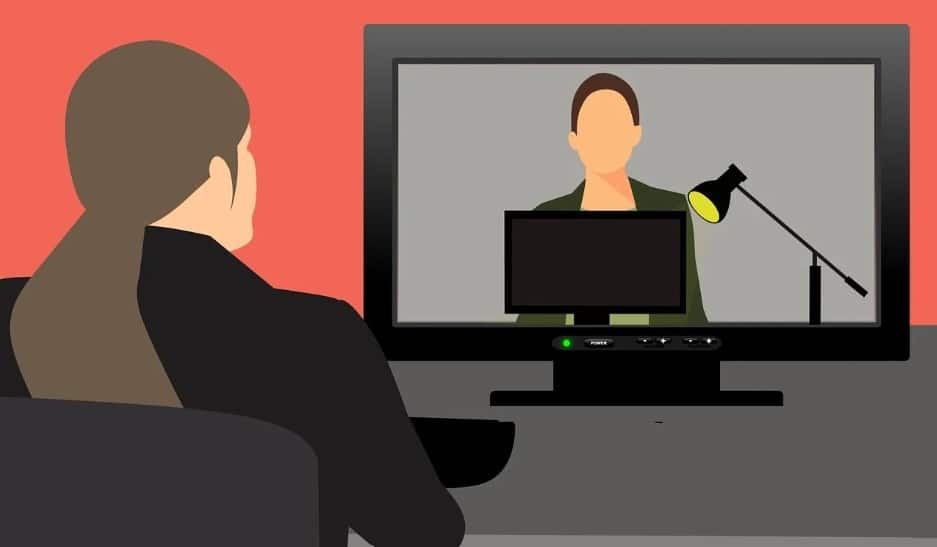
#5 Master the art of questioning
Once the interview begins, questioning is your main—but not only—tool for driving the discussion forward and getting to the heart of the matter. It is an art form in its own right.
- There is a place for both closed questioning and open-ended questioning.
- Open-ended questioning supports discovering the subject’s authentic viewpoint.
- Use closed questioning when a definite, limited answer is needed. Perhaps you need to clarify a particularly important point in black and white. Used strategically, they are an essential tool.
- Use questioning to give shape and flow to the interview. Plan questions that take the subject on a journey.
- Don’t be afraid to ask the hard questions. But be strategic. Challenging questions are usually better placed toward the end. By then, the subject is more likely to have opened up and developed a rapport with you.
- Try asking a few easier questions, moving into the proximity of a harder aspect, and then shift into the more challenging question – almost as if it has emerged naturally in the conversation.
Always also include an open-ended question at the end, allowing the subject to add anything else or to sum up their thoughts.
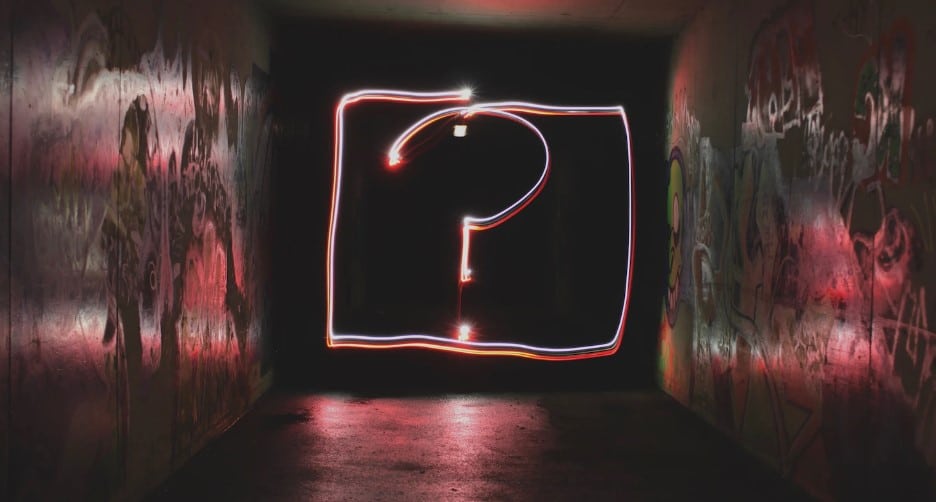
#6 Stay in active control of the conversation
As the interviewer, the conversation is yours to direct. Take active control – ensuring you get what you need from the interview.
- Be natural. Framing it as a conversation should make your subject more relaxed (even though in the background you may be following your game plan).
- Communicate through your body language. Be natural but use them consciously. For example, encourage subjects to elaborate on a valuable point using gentle head nodding.
- Modulate your tone. You may have expected the interview to have a particular timbre but be prepared to vary this. For example, show empathy (by mirroring the subject) or firmness as required.
- An essential part of keeping control is staying quiet and listening. Be an active listener. Don’t just listen out for what you expect to hear. Watch out for nuance and subtext in responses. Adjust your game plan accordingly.
- Make sure you cover the key points. Keep these handy so you can refer to them.
Be comfortable with silence—it is a useful tool for interviewers. It allows time for thoughts and feelings to formulate, leading to more revealing contributions. Give subjects space and time to open up.
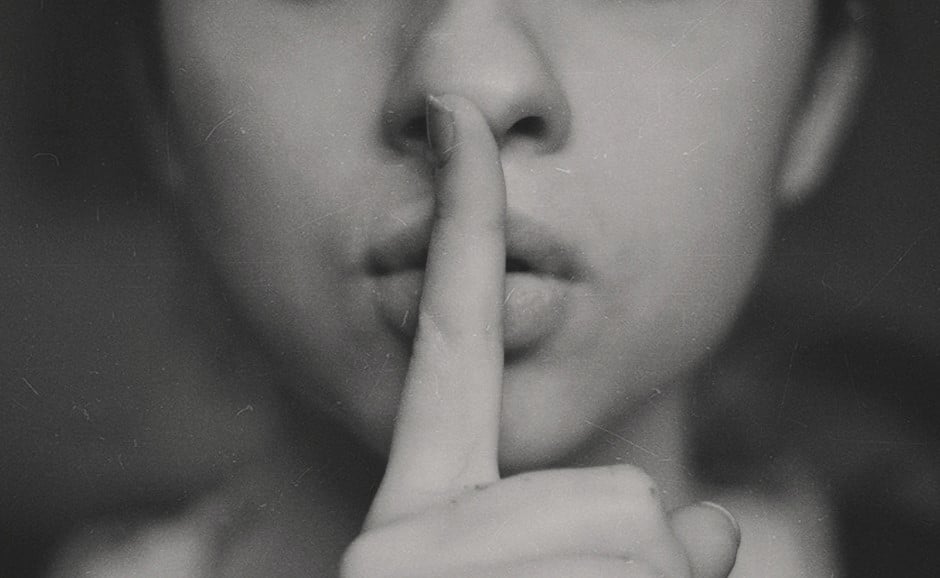
#7 After the interview
After the last question, the interview may be officially over but it is still important to get this phase right.
- Show gratitude. Comment, for example, on how useful you found the conversation.
- Subjects may say additional interesting things at this stage, letting their guard down even more. Be ready!
- Explain what will happen next and explain when your report will go live.
- Stick to your word. For instance, if you promise to let them review the piece before publishing, don’t forget to do that.
- If they are useful to you as a source (for example, as an expert), keep track of their details and stay in touch.
Review the recording or transcription of the interview as soon as you can. Often different angles or nuances will emerge afterward—details you missed at the time. Once you have reviewed the interview, it’s a good practice to send a thank you email to the subject, expressing your appreciation for their time and valuable insights. This helps maintain a positive relationship and shows professionalism in your journalistic endeavors.
Interviewing is an art
Keep reviewing your technique. What could you have done better? What did you miss? Could you have rephrased a question to elicit a better response?
At times this review may be painful. But don’t be disheartened—the learning will pay off. Even the greatest interviewers have stories about regrets and missteps they made earlier in their careers. Always look for positive learning points to take forward.

